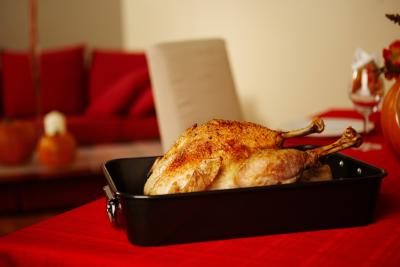A well-balanced diet provides a child with the necessary nutrients for proper growth and body functioning. Iron is one nutrient essential for your child’s health. Many food items contain iron naturally, while others are fortified with the nutrient. Include these iron-rich foods in your child’s overall healthy diet, especially if your child’s iron levels are low.
Significance
Iron plays a key role in moving oxygen throughout the body. Iron helps the body produce hemoglobin, which is part of the body’s red blood cells. The hemoglobin carries the oxygen within the red blood cells, which then move through the body to get the oxygen where it needs to go. A diet lacking in iron can result in a lack of oxygen to organs. Extremely low iron levels cause iron-deficiency anemia.
Daily Recommended Amount
Infants 6 months and younger receive the iron they need from breast milk or iron-fortified formula. From 7 to 12 months, infants should get 11 mg daily. Iron-fortified cereal and formula helps a baby reach this amount. From 1 to 12 years old, children need between 7 and 10 mg daily. During adolescence, kids need more iron, particularly girls who lose iron during menstruation. Boys need 11 mg iron daily, while girls need 15 mg.
Foods
Meat, poultry and fish are all rich in iron. Dark poultry meat is better than the white meat for iron. Red meat and liver are good meat options. Try salmon, tuna, sardines, anchovies and shellfish for iron-rich seafood. Broccoli, collards, kale and other dark leafy greens are the vegetables with high iron levels. Iron-rich legumes include peas, dry beans and lima beans. Other iron-rich foods include potatoes with the skin, dried fruit, sunflower seeds, pumpkin seeds, tofu, blackstrap molasses, enriched grain products, eggs and iron-fortified products like cereal.
Serving Ideas
Serve lean meat cuts with meals or add to casseroles for a dose of iron. Bean or potato soup with meat chunks in it doubles up on the iron. Add wilted greens to the soup for additional iron. Pumpkin and sunflower seeds work well in baked goods or on top of a salad. Dried fruit makes an easy snack or an addition to a bowl of iron-fortified cereal.
Considerations
The iron in grains, legumes and vegetables is more difficult for the body to absorb, while the iron in meat, fish and poultry is easily absorbed. Serving the types of iron-rich foods together makes grain, legume and vegetable iron easier for the body to absorb. Citric acid and vitamin C also help the body absorb iron, making citrus fruit a smart addition to iron-rich meals. Tannins in tea have the opposite effect, making already hard-to-absorb iron even more difficult. Iron cookware can also increase the amount of iron in the food that the body can absorb.
Excessive milk consumption causes lower iron levels in some children. Milk doesn’t contain much iron, but it is filling for young children. If your child fills up on milk, he is less likely to eat the foods high in iron. The milk can also negatively affect iron absorption in the body.





